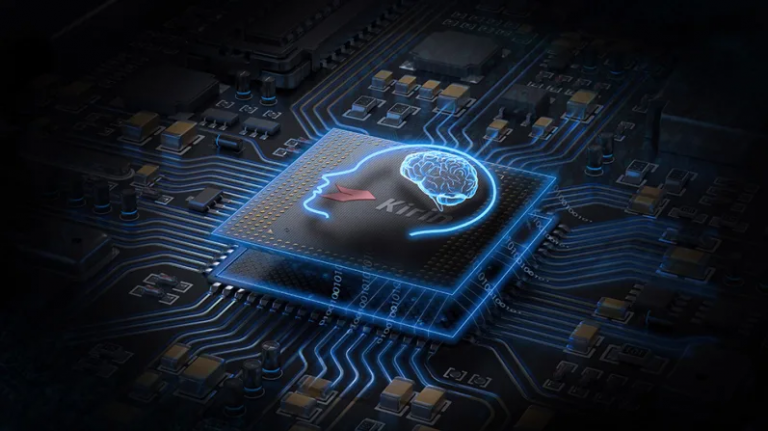
Neuromorphic systems are inspired by the structure, function and plasticity of biological nervous systems. They are artificial neural systems that mimic algorithmic behavior of the biological animal systems through efficient adaptive and intelligent control techniques. They are designed to adapt, learn from their environments, and make decisions like biological systems and not to perform better than them. There are no efforts to eliminate deficiencies inherent in biological systems.
This field, called neuromorphic engineering, is evolving a new era in computing with a great promise for future medicine, healthcare delivery and industry. It relies on plenty of experiences which nature offers to develop functional, reliable and effective artificial systems. Neuromorphic computational circuits, designed to mimic biological neurons, are primitives based on the optical and electronic properties of semiconductor materials. These are the revolutionary integrated circuits, which have already transformed the modern industry since invention by Jack Kilby and Robert Noyce.
Dr. Carver Mead, professor emeritus of California Institute of Technology (Caltech), Pasadena pioneered this field. He reasoned that biological evolutionary trends over millions of years have produced organisms that engineers can study to develop better artificial systems. By giving senses and sensory-based behavior to machines, these systems can possibly compete with human senses and brings an intersection between biology, computer science and electrical engineering.
Register for Tekedia Mini-MBA edition 19 (Feb 9 – May 2, 2026): big discounts for early bird.
Tekedia AI in Business Masterclass opens registrations.
Join Tekedia Capital Syndicate and co-invest in great global startups.
Register for Tekedia AI Lab: From Technical Design to Deployment (next edition begins Jan 24 2026).
Neuromorphic systems depend on parallel collective computation, adaptation, learning and memory implemented locally at each stage of processing within the artificial neurons (the computational elements). Analog circuits, electrical circuits operated with continuous varying signals, are used to implement these algorithmic processes with transistors operated in the sub-threshold or weak inversion region (a region of operation in which tranistors are designed to conduct current though the gate voltage is slightly lower than the minimum voltage, called threshold voltage, required for normal conudction to take place) where they exhibit exponential current-voltage characteristics and low currents.
This circuit paradigm produces high density and low power implementations of some functions that are computationally intensive when compared with other paradigms (triode and saturation operational regions). {A triode region is operating transistor with gate voltage above the threshold voltage but with the drain-source voltage lower than the difference between the gate-source voltage and threshold voltage. For saturation region, the gate voltage is still above the threshold voltage but with the drain-source voltage above the difference between the gate-source voltage and threshold voltage. Transistor has four terminals: drain, gate, source and bulk. Current flows between the drain and the source when enough voltage is applied through the gate that enables conduction. The bulk is the body of the transistor}.
Artificial neuromorphic systems are applied in the areas of vision, hearing, olfaction, touch, learning, decision-making, pattern recognition among others to develop autonomous systems in robotics, vehicle guidance and traffic control, pattern recognizers etc. As the systems mature, human parts replacements would become a major application area. The fundamental principle is by observing how biological systems perform these functions robust artificial systems are designed.
Read it in PDF here: http://www.acm.org/crossroads/wikifiles/13-1-R/13-1-3.pdf or locally neuromorphics
(I wrote this article for ACM Crossroads in 2006)


